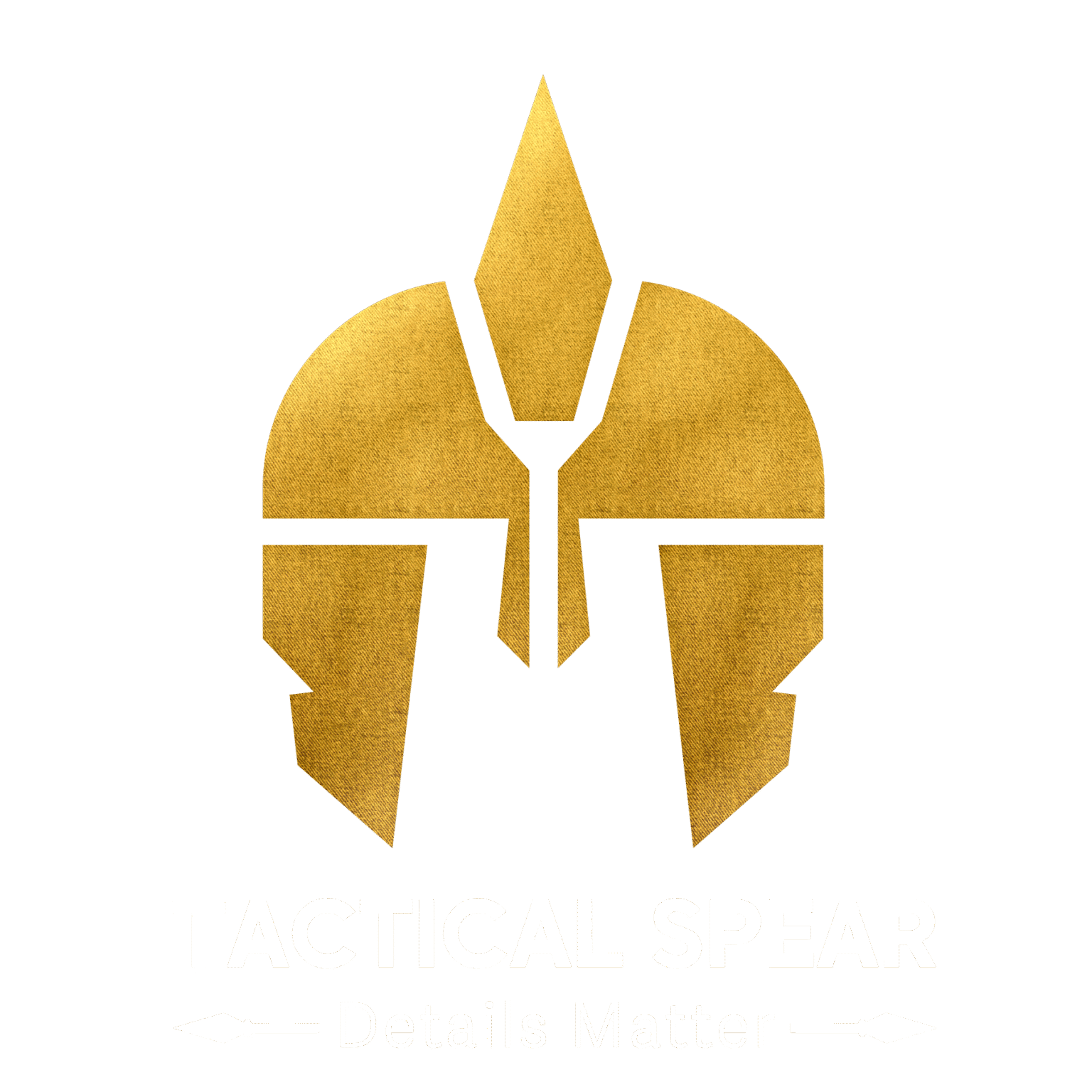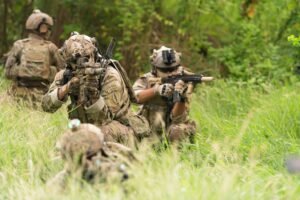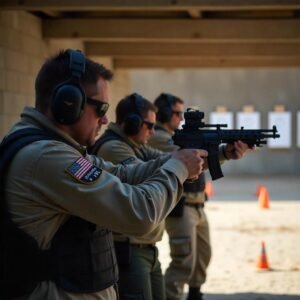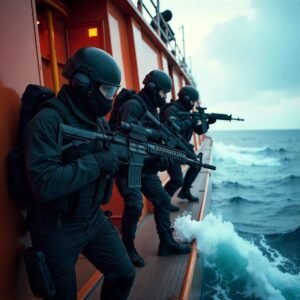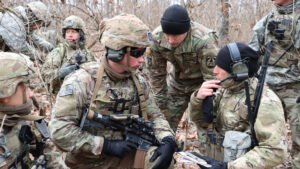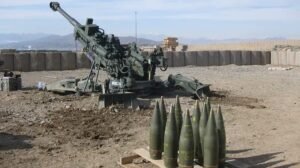Detailed guide on the lawful and tactical application of lethal force, covering threat assessment, legal justification, engagement readiness, and post-incident responsibilities for security and military operators.
In high-threat environments, the application of lethal force is a calculated decision, reserved for moments when life-threatening danger is imminent. A warfighter or security operator must understand not only when to act, but how to justify that action under tactical doctrine.
Definition: Lethal Force
Lethal force is any force likely to cause death or serious bodily injury (Level 6 on the Use of Force Continuum).
Serious bodily injury includes:
- Loss of consciousness
- Permanent or significant disfigurement
- Long-term loss or impairment of body functions or organs
The Lethal Force Triangle
Effective application of lethal force requires all three elements:
- Weapon (Means)
A threat must have the means to inflict lethal harm—such as firearms, edged weapons, blunt instruments, or even hands and feet in certain situations.
Note: The physical advantage of a suspect can itself constitute lethal capability. For example, a 100kg, 190cm assailant facing a 70kg, 170cm officer may represent a deadly force threat even unarmed.
- Opportunity
Opportunity exists when the subject can effectively use the weapon against the officer or others. This includes:
- Immediate access to the weapon (unobstructed reach)
- The officer or a third party is within the effective range of that weapon
- Example: A firearm becomes a threat if aimed and within line of fire
- A knife or blunt weapon is a threat at close quarters
- Action (Intent)
The subject must perform an action or behavior indicating a clear intent to cause death or serious harm. This could include raising a weapon, charging an officer, or any hostile movement under threatening conditions.
Authorized Use of Lethal Force
➤ Self-Defense
Lethal force is authorized when an officer reasonably believes a subject poses an immediate and credible threat of death or serious bodily harm to themselves or others.
➤ Lawful Arrest / Preventing Escape
Lethal force may be used to apprehend or prevent escape if:
- The subject is reasonably believed to have committed a felony involving lethal force
- The subject is armed or poses an imminent threat
- The subject resists lawful arrest or ignores orders to stop
- Collateral risk to public safety is assessed and minimized
➤ Protection of Critical Assets
Lethal force may be employed in defense of
property only under strict conditions—such as protection of national security installations, critical infrastructure, or when a breach would likely cause mass harm.
➤ Defense of Hazardous Materials & Lethal Weapons
If a sabotage attempt or breach of a sensitive weapons/hazmat facility presents a clear and immediate threat of mass casualty, lethal force is authorized.
➤ Maritime Interception
During ship boarding or vessel interception:
- Lethal force is authorized against imminent threats to personnel or civilians.
- Warning shots may be fired to compel vessel compliance but are not considered use of force.
- Warning shots must never be fired at personnel or crowds.
Engagement Readiness
Lethal force readiness protocols:
- Sidearms remain holstered and rifles are not put into a ready position unless lethal force is authorized or imminent.
- Muzzle discipline and weapons posture must reflect the current threat status.
Post-Incident Tactical Responsibilities
Upon engaging in or witnessing a use of lethal force, all law enforcement or military personnel must:
- Secure the scene to protect evidence and maintain integrity.
- Restrict and restrain wounded suspects unless in need of emergency aid.
- Call for medical support and provide immediate first aid.
- Transfer wounded suspects to authorized medical or legal custody.
- Surrender all weapons and fired casings for forensic examination if requested.
- Provide statements only to authorized investigative authorities.
Conclusion
Lethal force is the final step in the tactical escalation ladder. Its use must be justified, deliberate, and within operational rules of engagement. Every operator must
understand the legal, moral, and tactical implications of pulling the trigger—and be prepared to defend every round fired.
Discipline in the face of danger is what separates a professional from a liability.
